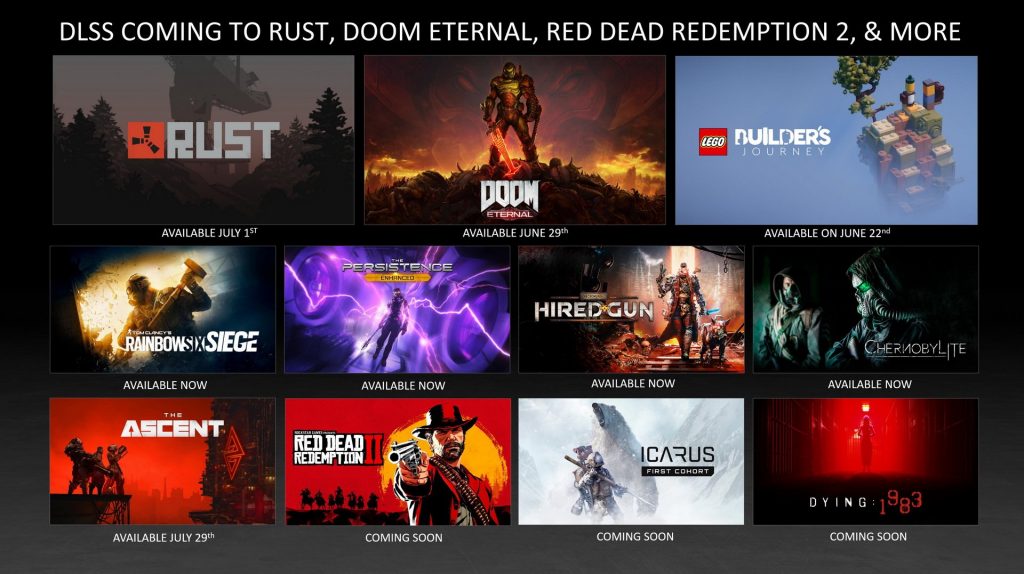
nvidia
In the face of the high demands of many AAA games and the exorbitant prices of graphics cards, technologies like NVIDIA’s DLSS may prove to be a godsend for many gamers. Thanks to the use of artificial intelligence algorithms, the game engine can display the image at a lower resolution and then expand it to the original screen resolution to smooth and sharpen the image.
However, the biggest drawback of DLSS is that the developer has to implement its support. Not all games released on computers with cards from the RTX line will use their capabilities. Fortunately, in recent days, this group has joined many high-profile and popular titles (including. No Man’s Sky I Rainbow Six: Siege), and others have already arranged themselves into new groups to beautify themselves with the support of artificial intelligence.
On June 22, DLSS will go to LEGO Builder JourneyA week later, he’ll be in the game eternal torment, which will also come with ray tracing support, will arrive on July 1 at RustAnd in the near future, DLSS will also appear for the first time in Red Dead Redemption 2.
However, this is not the end, because on June 22, Linux users also got access to artificial intelligence that specializes in image scaling operations. NVIDIA has adapted DLSS to work with games that run in the Vulkan API in the Proton environment. Among the Linux DLSS compatible titles for Linux, there will be items like those already mentioned ذكر eternal torment I No Man’s Sky And the Wolfenstein Youngblood. As confirmed by NVIDIA, in the third quarter of 2021, DLSS will also go to Linux games launched in the Proton API DirectX environment.
On the occasion of this announcement, the company also shared a comparison of the effectiveness of classic benchmarking and honing algorithms with DLSS. The following video shows how both technologies work:




More Stories
Nvidia GeForce RTX 4090: AIDA64 gets Ada spearhead support
Rogue Trader – Details about the first cRPG in the series – CD-Action
t3n – Digital Pioneers | digital business magazine